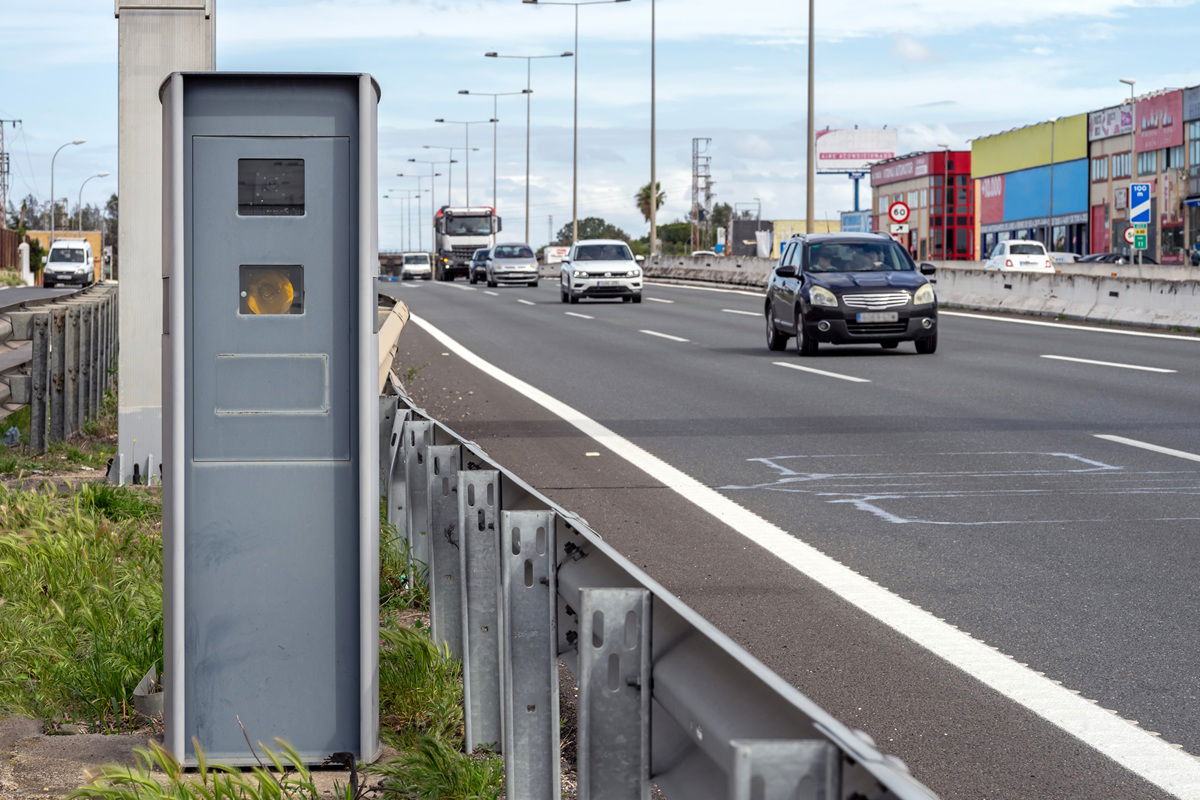Forget the old days when you could spot a speed camera from a mile off and slam on the brakes just in time. The DGT (Spain’s General Directorate of Traffic) has started rolling out a new breed of radar that’s changing the rules of the road and, frankly, making it nearly impossible for even the craftiest speeders to slip through the net.
A New era of bidirectional speed cameras in Spain
The latest DGT radars aren’t just watching from one direction. These new devices are bidirectional, meaning they’ll catch you whether you’re coming or going. That classic trick of slowing down just for the camera and then booting it as soon as you’re past? Completely useless now. These cameras clock you as you approach and as you speed away, leaving no escape.
Spain has already installed 122 of these cutting-edge cameras in hot spots like Castilla y León, Valencia, and Andalucía. These include both fixed and “section” speed cameras. What sets them apart is a powerful combination of high-resolution imaging and artificial intelligence, which doesn’t just spot your speed — it can distinguish between types of vehicles, account for poor weather, and cut down on those unfair tickets that used to drive everyone mad.
AI-powered, rain or shine, day or night
These radars are inspired by the latest tech used across Europe and have proven their worth in challenging tests — rain, sudden lane changes, you name it. They’re out in force 24/7, rain or shine, day or night, using infrared lights to get a clear shot even in the dark. The idea? To keep the pressure on speeders all the time, not just when the sun’s out or on busy motorways.
Today, there are about 3,000 DGT speed traps working across Spain: over 2,000 fixed, hundreds of section and mobile cameras, and dozens watching for drivers on their phones or not wearing seatbelts. But these new bidirectional models are the big leap forward. They don’t just catch you coming; they keep watching how you drive even after you’ve passed, closing the loopholes that clever drivers used to rely on.
Speed cameras with wings — and a purpose
If you thought you could hide on quiet country roads, think again. The DGT’s “vololáser” mobile radars can be moved wherever they’re needed and even fitted to Pegasus helicopters, swooping over rural or secondary roads where permanent cameras just aren’t practical. The result? There’s really nowhere left to hide.
Here’s a surprising stat: more than 80% of violations caught by the new cameras happen just after drivers have passed a conventional fixed radar. Drivers slow down for the old camera, then immediately speed up — but the new tech is there, waiting for them. That’s why DGT is doubling down on the rollout: to stop dangerous driving before someone gets hurt, not just to issue more fines.
Why speeding is more dangerous than you think
The reason behind all this? Speeding remains one of the deadliest habits on Spanish roads. The faster you’re going, the less time you have to react to surprises — a child running out, a car stopping suddenly, an obstacle in the road. Your braking distance skyrockets as your speed goes up, and on wet or foggy days, the risk is multiplied.
High speeds also make it much easier to lose control of your car. A sharp turn or sudden stop at 100 km/h is a very different beast than the same move at 60 km/h. Even your field of vision shrinks at higher speeds, making it harder to see cyclists, pedestrians or other hazards, especially in towns and near schools.
In short, these cameras aren’t just about catching drivers out. They’re a vital part of the fight to make Spanish roads safer for everyone.
The future of driving in Spain
With thousands of cameras — and more being added all the time — the DGT’s message is clear: stick to the speed limit or expect a ticket, no matter where you are or what time it is. And with fines getting steeper and technology getting smarter, there’s never been a better moment to let up on the accelerator and take the safe road home.
Spain’s new bidirectional radars: You can run, but you can’t hide. Better safe than sorry.
Stay tuned with Euro Weekly News for more news about Motoring
